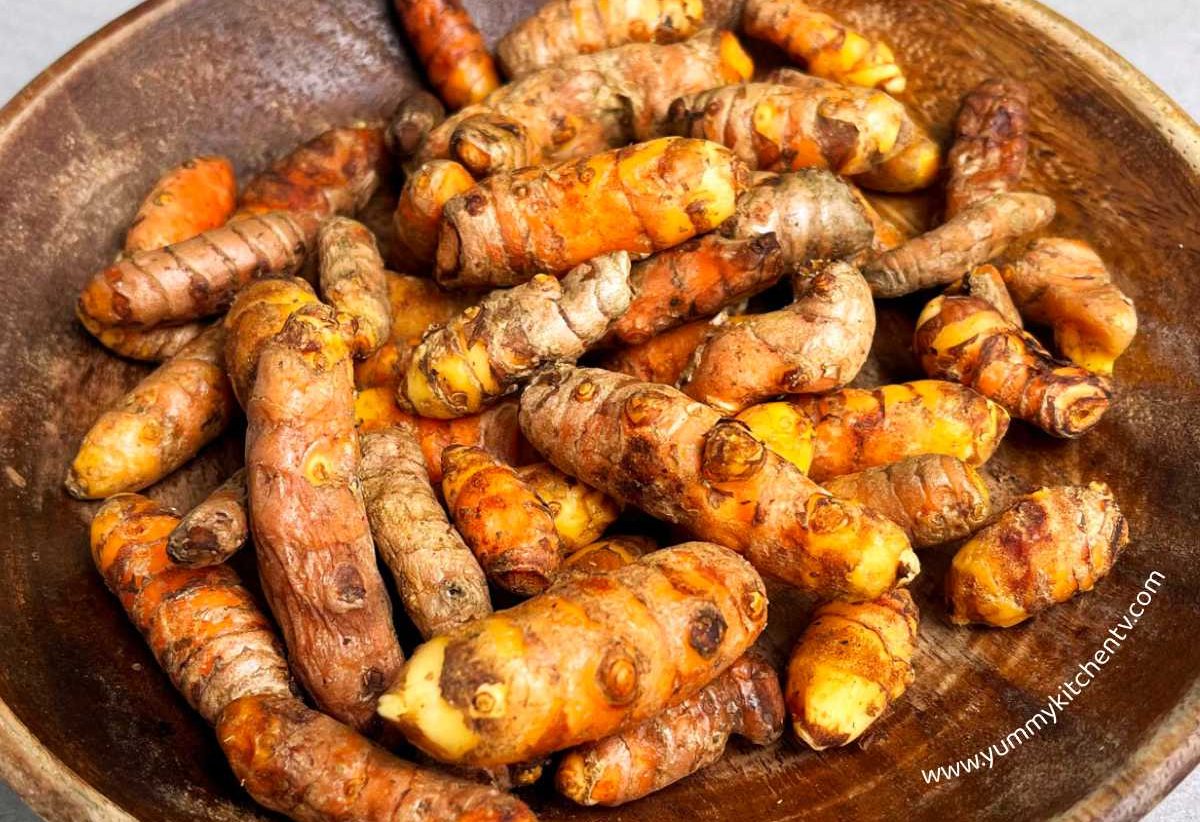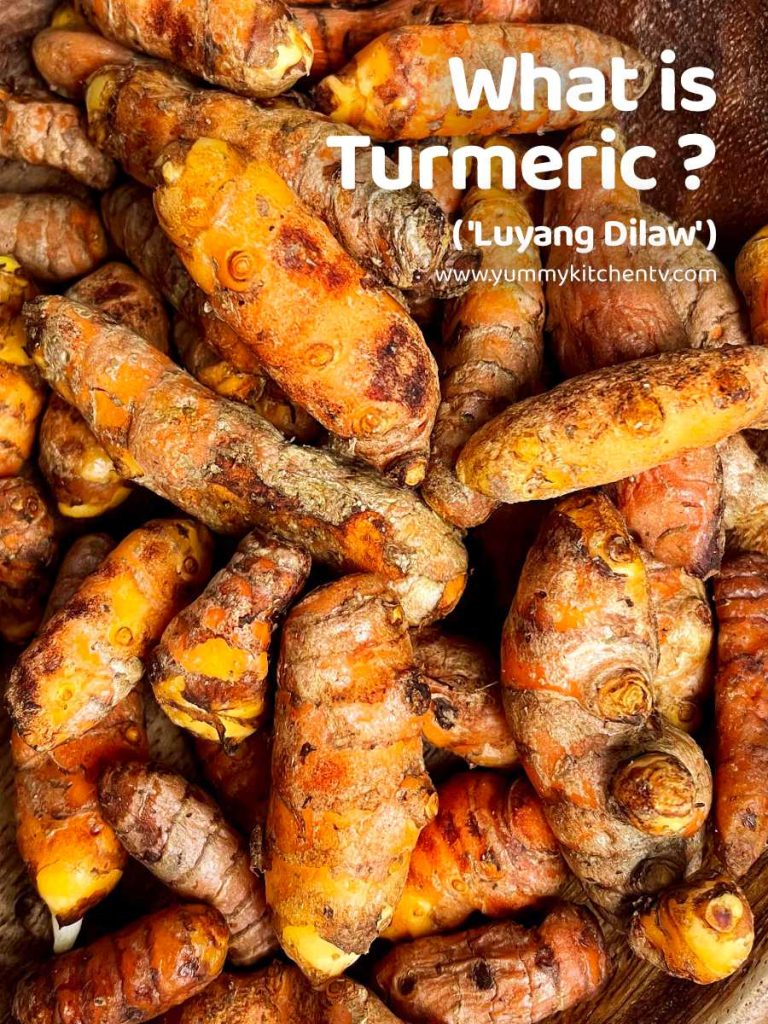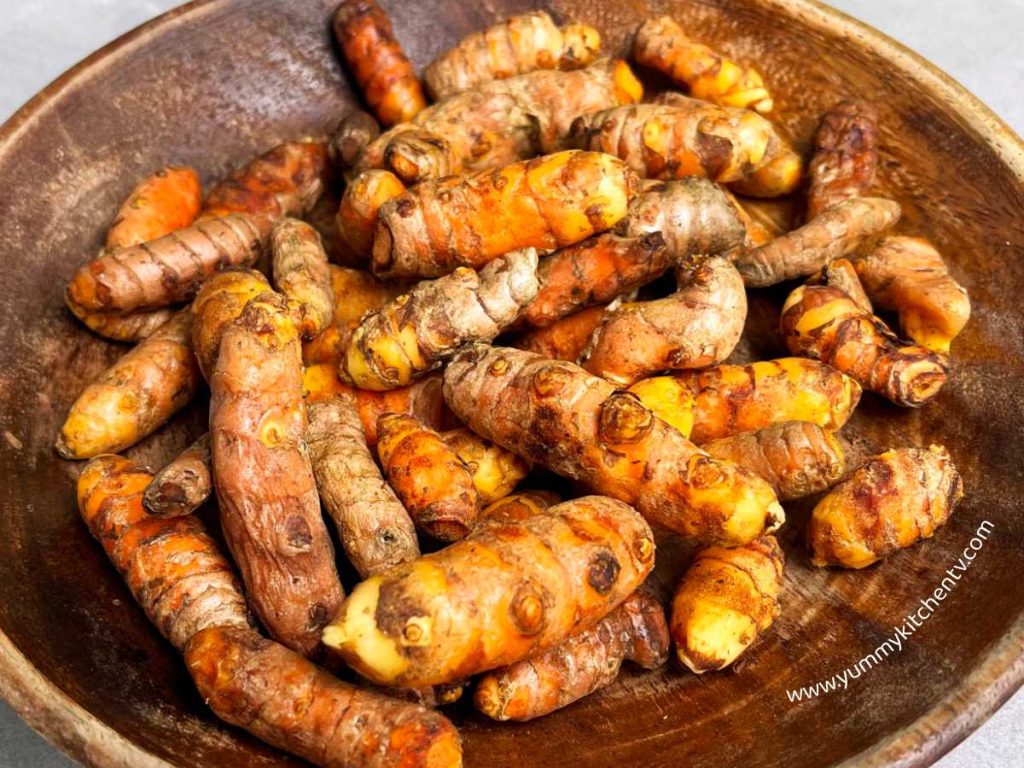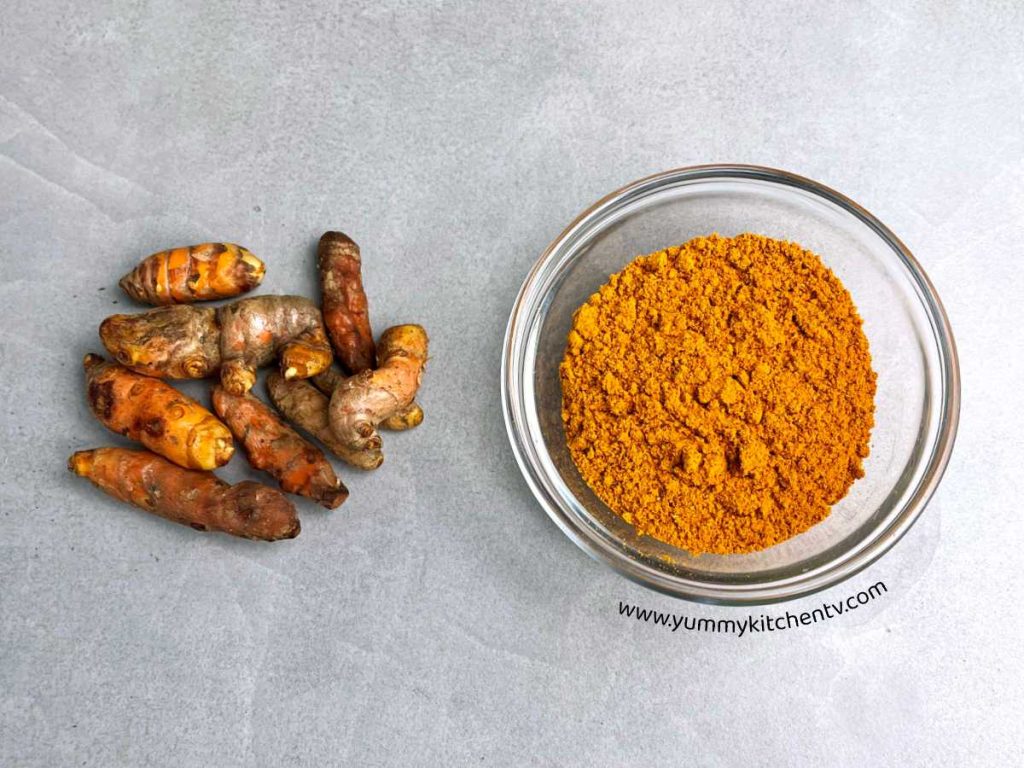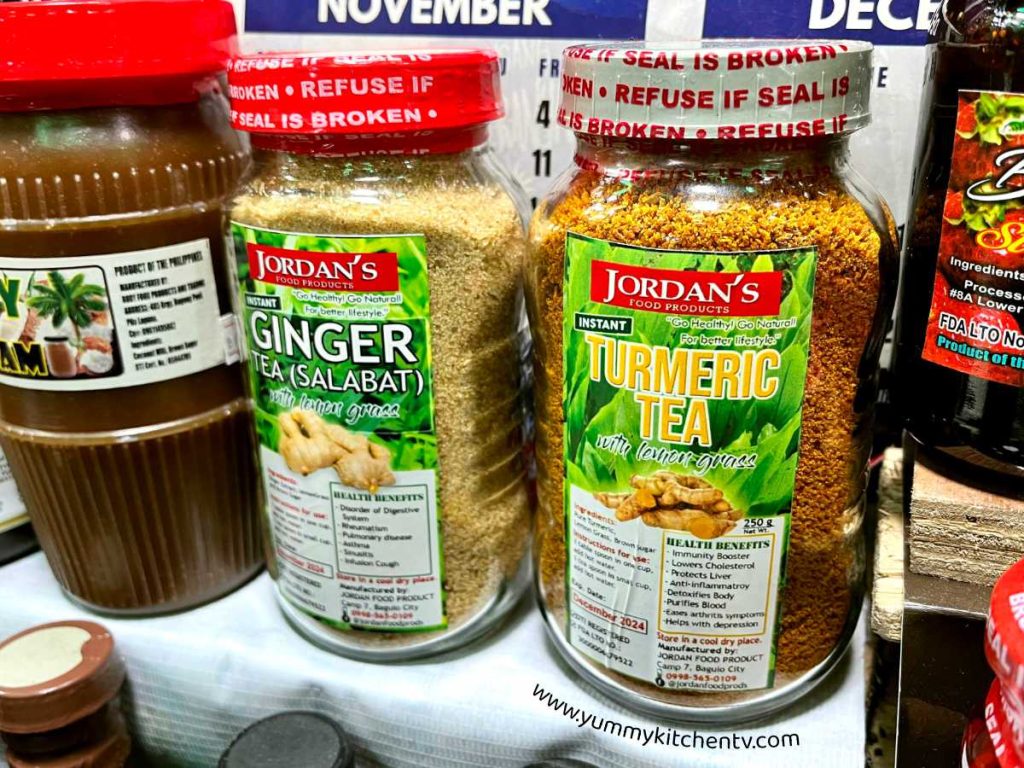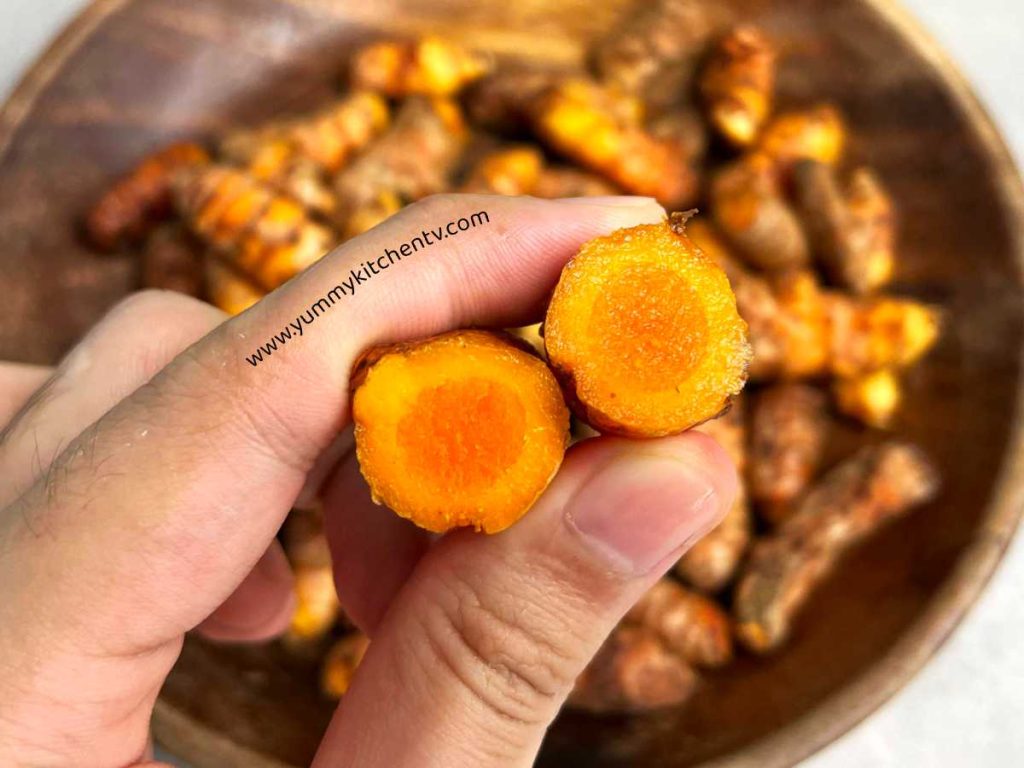Turmeric, a common spice, known for its ginger-like taste and bright orange color. An important ingredient in many cuisines and dishes, especially curry. But these aren’t only used to add some flavor into the dish, these are considered an ingredient of traditional medicine. Known for its medicinal uses because of the antioxidant and anti-inflammatory properties that help with reducing pain and inflammation. Similar to its relative the ginger, this is a root crop or rhizome. The difference is that it contains ‘Curcumin’ a chemical that not only gives it its bright tangerine color, but provides with a number of benefits like metabolism, manages anxiety, arthritis, and many more conditions.
A short Introduction
A short Turmeric definition? A spice native and grown commercially to Southeast Asia, especially India. An underground stem or ‘rhizome’; that is not only used in the culinary arts but traditional medicine. Having a long history, this flowering plant or ‘Curcuma longa’ is part of the ginger family. A perennial herbaceous plant that thrives in temperatures around 20° to 30°C, with an annual rainfall to grow. A plant that reaches a height of 1 meter, tugged, pulling from the roots to find the small thin looking orange ginger crop. Once harvested, they are sold or used for home use, if still fresh, this is grated or chopped, and cooked in boiling water to drink, they can also be dried and pounded to make powder for cooking or for others, used as a natural coloring agent like paint or dye.
Curcumin vs Turmeric? Cucurmin is a component in the spice that is the reason it gets its yellow hue. A common root crop cultivated for centuries, it has a light orange-brown thin skin, with distinctive ridges that look like sections, having bright orange flesh that come from ‘curcuminoids’ which are compounds found in the ginger family. This also has an earthy warm taste, with a bit of bitter, musky, similar to black pepper aftertaste, and a pungent, close to ginger aroma. The Turmeric uses also include being a food additive that has been used as ‘Ayurvedic medicine’ or alternative medicine with Indian roots, also called ‘haridra’. Also as ‘Unani’ a Perso-Arabic medicine, traditional Chinese medicine, and even in Autronesian animalistic rituals. It got its start when Hinduism and Buddhism started to be spread around India and Southeast Asia. These were used to dye the clothes of priests and monks. But in other research the Tumeric has been frown since Medieval Europe, where it was called the “Indian Saffron”
These days, Turmeric is popping up in every health store or superfood article. Being added to popular drinks like lattes, more known as ‘golden milk’, into well-beloved dishes like curry, or added into more common dishes, adding a pop of color to soups, stews, meats, pickling, pastas and many more. The turmeric helps elevate the dish; it adds an extra ‘oomph’ of turmeric flavor or color that you might be looking for.
Turmeric Nutrition Facts
What is Turmeric Good for? Consumed as turmeric supplement, turmeric capsules, or turmeric powder, for dietary needs and a variety of conditions. This is a great spice because it has curcumin which not only creates the vibrant color we all associate with Turmeric, but is the compound that gives it the anti-inflammatory and antioxidant properties. It also protects the body from cell damage and other medical conditions. There are many other turmeric benefits, here are some examples:
- This is a natural anti-inflammatory medicine that protects the body from foreign substances and viral infections that might result in problems like chronic attacks.
- Low inflammation also helps reduce the risk of cancer, heart disease, Alzheimer’s disease and other degenerative conditions.
- Helps with Type 2 Diabetes, since this spice fights inflammation, it helps keep the blood sugar levels low and steady.
- Eases depression, studies show that consuming curcumin has antidepressant effects, boosting the brain’s neurotransmitters, dopamine, and even serotonin.
- Turmeric Benefits for skin? These have antioxidant properties that prevent or delay aging problems. From Alzheimer’s, arthritis, wrinkles, age spots, and usual problems as we age.
* How much turmeric can you take a day? A dosage of 500 mg to 2,000 mg is recommended.
* Turmeric tea with pepper? The spiced drink should be consumed with a sprinkle of black pepper for it to activate. For example; turmeric tea or any beverage, should have at least a dash of pepper to help enhance curcumin absorption.
What are the Side Effects of Turmeric
While there are many benefits to turmeric, in some cases or for those taking these with medication should ask the doctor before using it as a supplement or adding it into your daily meals:
- Those who have low blood pressure and low cholesterol might bleed more easily if consuming this daily.
- If you are taking blood-thinning drugs, supplement versions of this spice might have to avoid this.
- Pregnant women should also avoid large amounts of this. Although you can still eat small amounts, like in Indian or Mediterranean dishes.
Finding Luyang Dilaw in Filipino cuisine
While turmeric might be more known to be the reason curry has its iconic color. In the Philippines this spice is called ‘Luyang dilaw’, directly translates to ‘yellow ginger’, since the spice is more yellow with a hint of orange. Wildly cultivated and an essential part of Asian cuisine, it is commonly drunk in raw, powder, or tea blend form to have as a hot beverage to help with the common cold or coughs. While unusual to find in Filipino dishes, many have come to love this ‘yellow ginger’ to recreate other cuisine’s dishes.
How to take turmeric? Want to try some turmeric dishes? Check out some turmeric recipes here:
- KFC style fried chicken, a worldwide popular recipe, you can now make at your own home. We’re sure you’ll find it as ‘Finger Lickin’ Good’ as the original.
- Egg curry, an affordable crowd pleaser, filling, delicious and colorful. You’ll be sure to surprise the guests with a simple but powerfully tasty dish.
- Garlic Butter Tilapia, a simple Filipino delicacy made of sweet and sour sauce, made even better with a rich buttery, aromatic mix. Simple, easy, and filling, great for parties and late night dinners.
- Sweet Chili Wings, your deliciously crispy, tender and juicy, chicken recipe with an addition of interesting spices.
- Turmeric Latte, a warm cozy yellow milk later with a mix of the yellow spice, cinnamon, ginger, vanilla, sweetened with milk and made creamy with your choice of milk.

